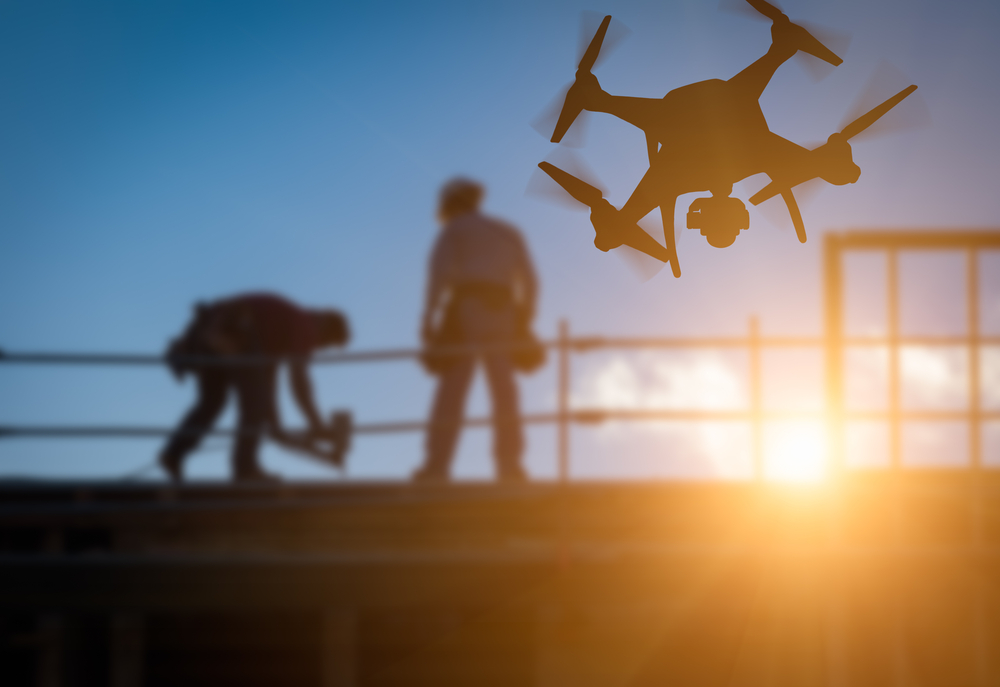
Concrete is a regularly used product in the construction industry and in the last few years drones seem to have made their impact on the industry as well, but using them together? Now that’s something completely new, find out just how this concrete spraying drone works in this article!
How does it work?
MuDD’s drones work by using a cement like substance called Shotcrete that sprays onto the designated surface, coating it like a tablecloth, and solidifying the structure. Shotcrete is a special kind of high-performance concrete that when sprayed through a hose builds layers upon layers of concrete onto the base.
These drones were designed by Spanish architecture firm MuDD, and were recently demonstrated at Milan Design Week back in April. The prototypes were made of bamboo and wrapped in fabric.
The technique of using drones to spray concrete was originally developed by drone companies RCTake-off and Euromair along with researchers at the Catholic University of Louvain in France with Chaltiel also being in collaboration with Summum engineering Canyaviva, and AKT II.
Using shotcrete on a normal jobsite typically requires some kind of crane and human operators to be applied effectively but with these drones they could essentially do almost all of the work for you. This technique will still require some minor manual labor positions. Someone to fly the drone and someone to hold the spraying hose in place though the plan in the future is to have the drone flying remotely or even eventually completely automated.
Why Concrete Spraying Drones?
The idea for using these drones is to automate the labor-intensive aspects of earth architecture, which is the process of building with natural materials. “Building with local materials such as bamboos, clay, sand, and rice husks offer a high sustainability factor,” writes MuDD’s principal Stephanie Chaltiel over email.
One of the benefits of using drones on the construction site like this is that the drone has easier access to tall buildings and freeform facades with complete freedom and without the worry of worker injury.
The ultimate goal of these drones, according to Stephanie Chaltiel, is to build large drone-based structures that use stabilized clay instead of cement. “The hope is that such projects and techniques bring back sustainability linked with earth architecture in dense city centers,” says Chaltiel. Not only do these drones promise sustainability, but faster project completion times and less labor needed.
Check out more Interesting Articles like this on Our Blog.
